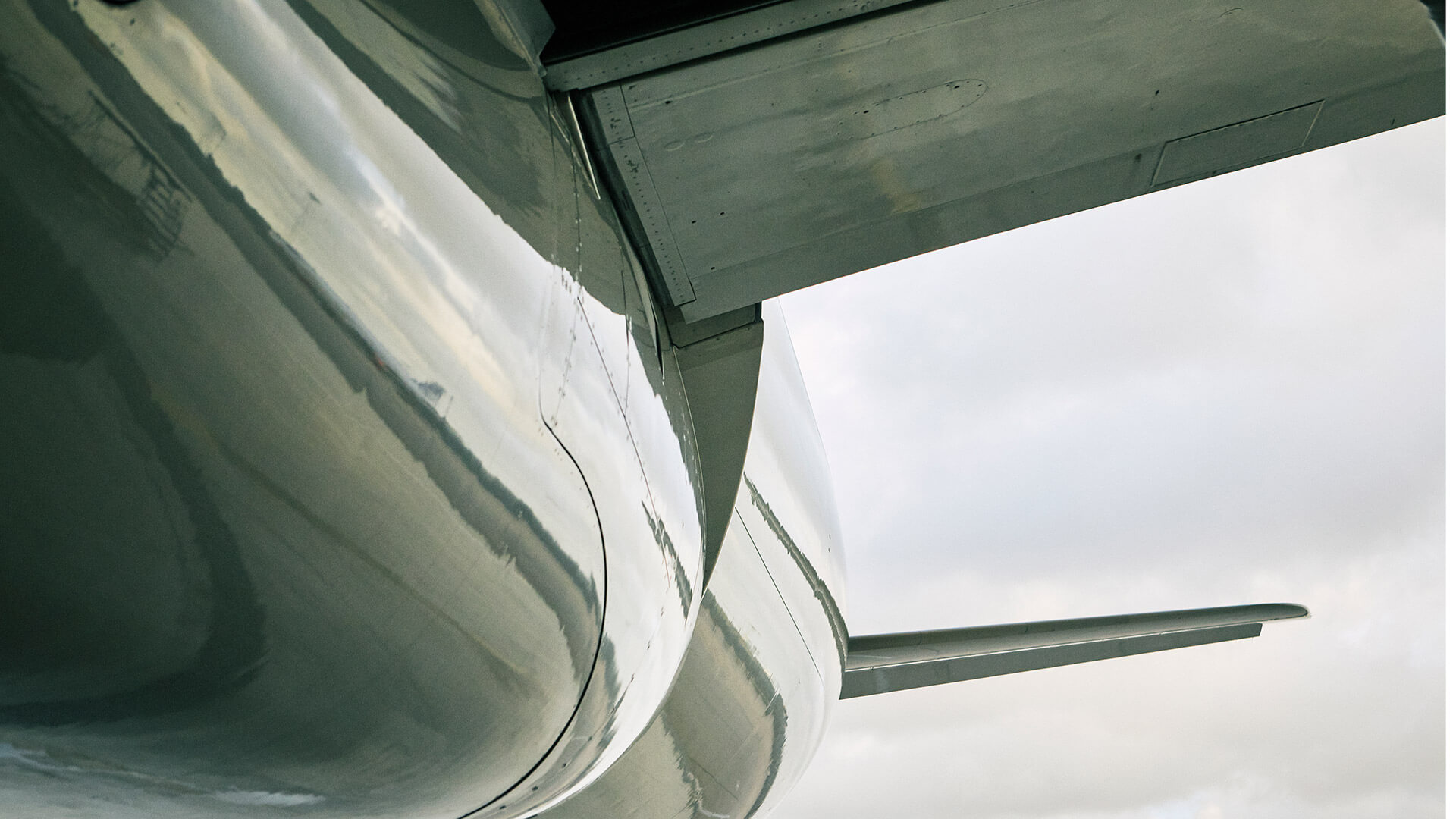Water weight management: Starting from scratch or optimising an existing system?

Regardless of whether your airline already has a potable water weight management process or has no process at all, it's still possible to improve and optimise the system—and thus capture significant fuel burn savings.
Sustainability is a topic that is not being taken lightly in recent years. Fuel burn, many would argue, is at the heart of the conversation. However, many factors contribute to fuel burn—some of which are obvious, while others present hidden opportunities for not only reducing fuel consumption and carbon emissions but also overall flight costs.
Weight management of an aircraft's potable water is one of those hidden opportunities. A research study on the evaluation of fuel savings for an airline found that potable water weight management is one of the most significant areas to achieve fuel savings.
Maybe your airline already has processes or equipment in place to reduce the amount of potable water that is used during each flight. Or maybe your airline has no process and resorts to the standard operating procedures of the ground crew.
In either case, it is still possible to further optimise your aircraft's water weight management system, while also collecting data about your water usage across the various flight lengths for further optimisation in the future.
If you already have a system
One of the solutions that some airlines have opted for is installing standpipes in their potable water tanks to limit the water level to 40gal instead of the full 60gal. This can save around 33% of the weight.
This level of commitment is admirable when the standard practice of water weight management is to simply "fill-to-spill," but these systems can be even further optimised. One of the only portable water weight management systems on the market, the Pre-Select by International Water-Guard (IWG), can be added to an existing standpipes system and calibrated to have 100% equal to 40gal—shifting an aircraft's weight savings from 33% up to 90%.
We spoke to Steven Bis, the President of IWG, for this piece because of his unique insight into water weight management systems. This expertise comes from the fact that his company is the only one on the market to provide a comprehensive solution to this problem.
“Some airlines have put standpipes in their tanks to limit the water level to 40gal instead of the full 60gal. Our Pre-Select can be added to this and calibrated to have 100% equal to 40gal,” Bis explains. “In these cases, the standpipes don’t have to be removed, but we would recommend it. Why carry the extra weight of the standpipe and why limit your options to only 40gal?”

No process, no system
If your airline happens to be one of the many that have not yet grabbed hold of the fuel and carbon savings opportunities that potable water management promises, then the skies can only get cloudier.
There is that old adage that "you can't manage what you can't measure." This is undoubtedly true concerning potable water, and the best way to start managing your carried water volume is to understand and measure the actual consumption.
If an aircraft is starting with no water weight management system in place, a Pre-Select system can effectively sheer up to 90% of the water weight off the aircraft—depending on the length and duration of each flight. According to International Water Guard’s proposition, that is equivalent to 440 lbs/200kg. or approximately 2 passengers with carry-on bags.
Expect big results
Sustainability in the aviation industry is going to be a significant player in the coming years, and every area of an aircraft that can be optimised for fuel efficiency and minimising unnecessary payload, are going to be necessary.
Management of an aircraft's potable water weight is a minimal effort, low cost, high reward investment that every airline should be engaging in. And fortunately, there are products like those from IWG that provide a way to do that regardless of whether an airline already has water weight management systems in place.